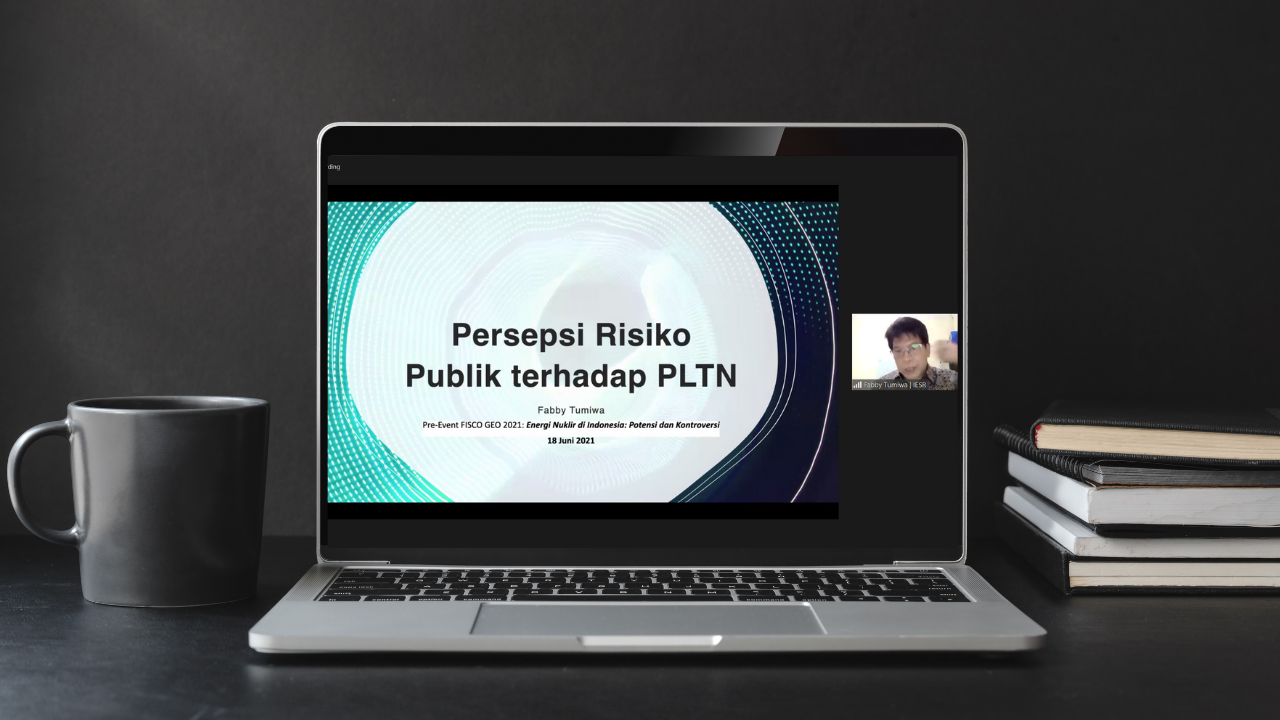Jakarta, March 11, 2022 - Amid energy decarbonization efforts to achieve carbon neutrality as soon as mid-century or in 2060, the Indonesian government is considering developing a Nuclear Power Plant (NPP). However, several nuclear power plant accidents in the world, such as Three Mile Island (1979), Chernobyl (1986), and Fukushima (2011), indicate that nuclear power…


